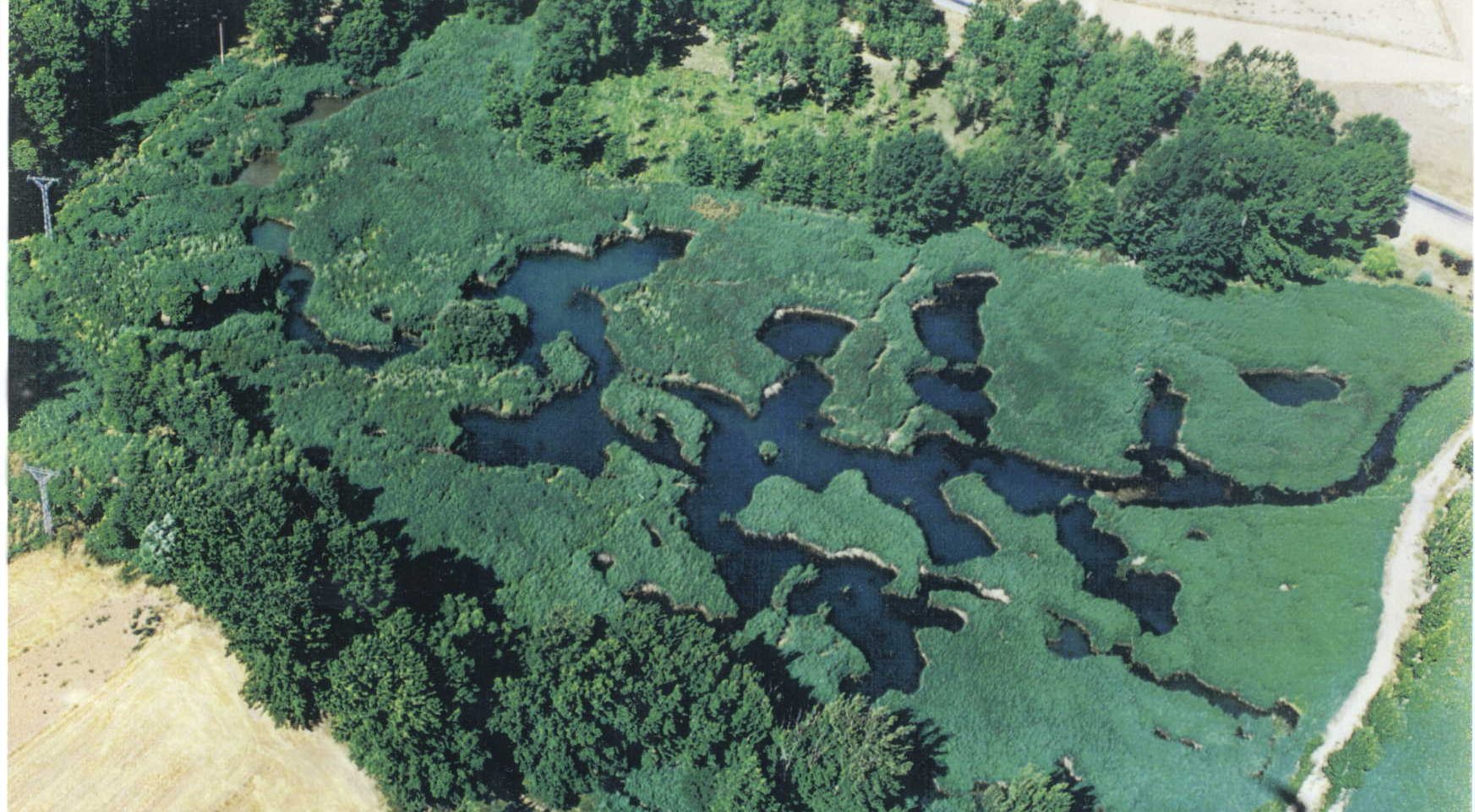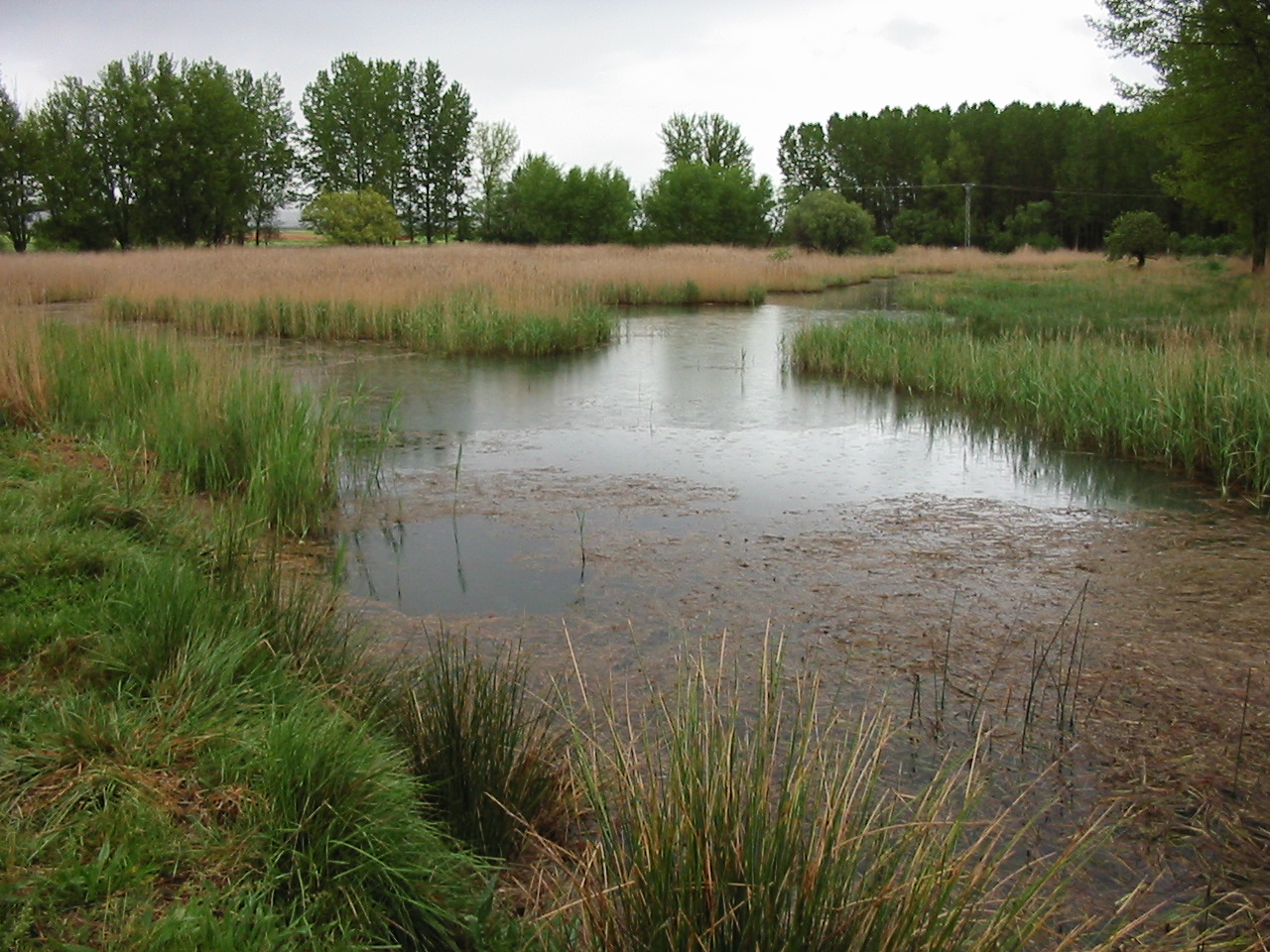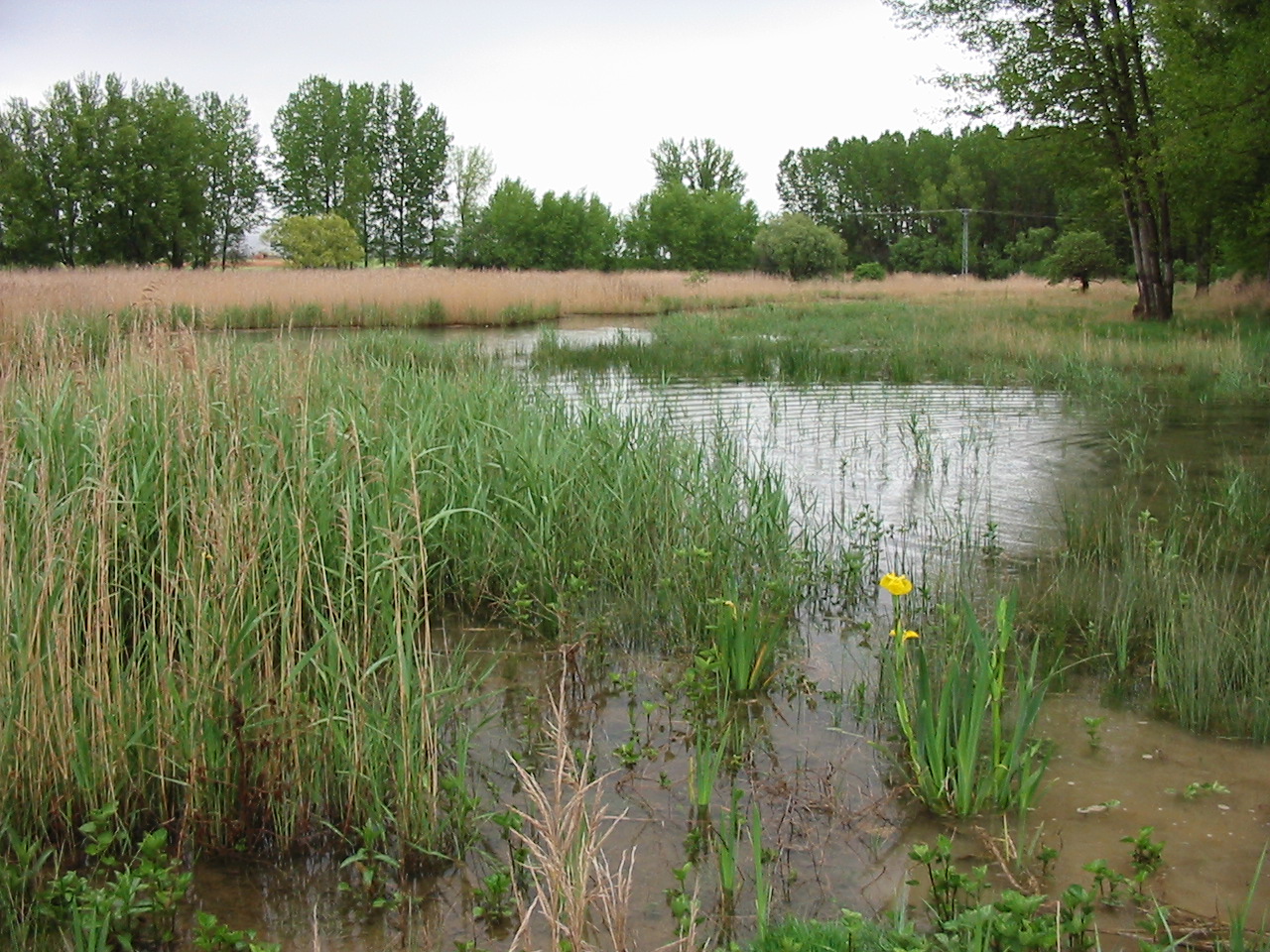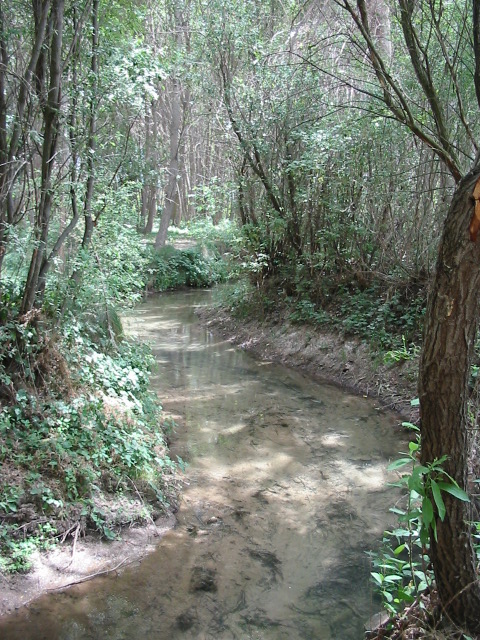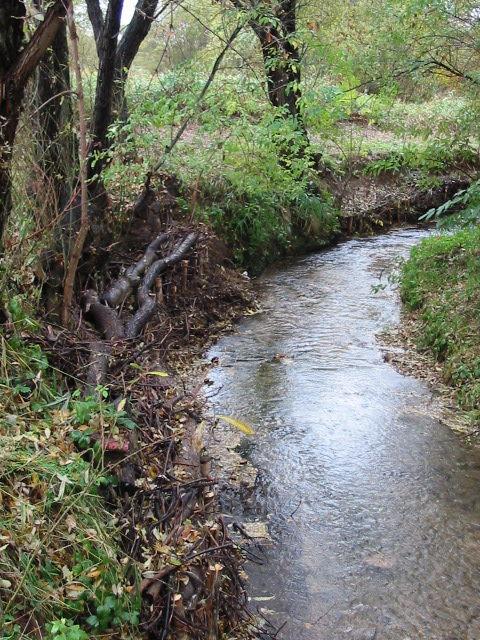Overview
The Ecological Restoration of Monreal Springs (Teruel, NE Spain) was developed in order to recover wetland habitats and ecological functioning of this groundwater discharge system formed by a rosary of 50 springs and recover its connectivity with the Jiloca River as the water from these springs is the major source of water for the Jiloca River.The project was carried out after meetings and agreements with local stakeholders and promoted and sponsored by the local (Monreal Municipality) and national (Ministry of the Environment) administrations. The project consisted on opening closed channels among different zones of the wetlandand and the river, rebuilding an accreted floodplain area upstream the wetland to buffer big floods and avoiding suspended solids enter the wetland, top soil and sediment removal from terrestrialized sites in the wetland. A significan area of the wetland close to the open water zone is now with a high variety of wetland plants after removal of common reed and increased water levels. Fire is not a good tool to remove common reed. If the restoration works are done by a team different from the planners, the probability of not developing the works correctly increase a lot and much effort is required to repair unadequate works.
Quick Facts
Project Location:
Monreal Springs, Teruel, 40.345735, -1.1064241999999922
Geographic Region:
Europe
Country or Territory:
Spain
Biome:
Freshwater
Ecosystem:
Freshwater Ponds & Lakes
Area being restored:
12 Hectares
Organization Type:
Governmental Body
Location
Project Stage:
Completed
Start Date:
2004-11-06
End Date:
2006-12-31
Primary Causes of Degradation
Agriculture & Livestock, Fragmentation, Invasive Species (native or non-native pests, pathogens or plants)Degradation Description
Accumulation of solids deposited in the springs by floods and huge expansion of common reed. There was also lack of connectivity among sites of the wetland and the river because of structures small sluices) established in the past for water flow control and divertion for irrigation. Artifical poplar groves covered half of the roriginal floodplain area.
Reference Ecosystem Description
Huge accretion by common reed detritus and inorganic solids from floods. Lack of water connectivity among zones of the wetland and the river because of water flow regulations to divert water for agriculture. The wetland is the major source of water for the river and the population in the town. A mosaic of habitats (including open water springs, floodplain, river and gallery forest, wet prairie was composing the wetland with clear high quality water.
Project Goals
It was the initiative of the Municipality to go ahead with this project to improve the environmental conditions of this wetlands as it is very much appreciated for recreation by local people.The goals were proposed by the scientific team and discussed and finally designed after Municipality and atakeholders participation.
Monitoring
The project does not have a monitoring plan.
Stakeholders
The municipalit of Monreal (owners of most of the area of the wetland) and groups of local people (farmers, fishermen, nature conservancy groups) were interested in the project as this is a reference and highly appreciated site for the people in the zone. These groups were participating during the project under the coordination of the scientific team. Planning and works were taken by the Municipality in agreement with the sponsor (Ministry of the Environment) after scientific advise and people information and participation.
Description of Project Activities:
The project consisted on studying the ecological conditions of the site (Konwing topography, water levels and water quality, habitats distribution and specific composition), writing a project after people and stakeholders participation (To define work plan during 2 years including physical -top soil removal with machinery, sediment extraction with pumps-, revegetation of riparian forest), obtaining funds from different sources. Renting a company to carry out the works: top soil removal of 5 ha, sediment extraction from 25 springs, opening an acreted fllodplain area (2 ha) for flood buffering, revegetation of riparian forest along 3 km and establishing riparian systems to stop river erosion. REgular meetings were maintained with stakeholders to inform and discuss about progress and failures of the project development. Leaflet and posters were made and distributed and a nature trail is established to be followed with a simple guide. A relative large area (12 ha ) of wetland including floodplain, open water, floodable wetland zones, and increased connectivity of the wtland with the river are major results of the project. also increased value for people is very importatn. Failures include low efficiency of the works performed by a non-specialized building company and point critical times with stakeholders because of lack of coincidence with respect to the degree of naturalness and artificialization of a small site of the wetland shoudl have. Major success of the project was to obtain an agreement with water users to let the Municipality to manage water flows from the wetland in the future to meet both irrigation demand and natural system functiong requirements.
Ecological Outcomes Achieved
Eliminate existing threats to the ecosystem:
Six hectares of wetland recovered and 6 hectares remain as artificial poplar grove (because lack of interest of the owner to sell the poplar grove).
Floodplain connected to the river, floodable area in the wetland.
Lutra lutra signs of new presences have been observed.
Factors limiting recovery of the ecosystem:
Lack of interest of one stakeholder/owner to sell part of the area (dedicated to poplar cultivation) and incorporate it to the project.
Lack of adequate direction/authority to control physical works carrried out by the constructor company. Lack of specialization of the company developing the physical works in this type of works.
Socio-Economic & Community Outcomes Achieved
Economic vitality and local livelihoods:
Improved ecosystem quality for recreation of local and regional people. Slight increase of water quality for human requirements.
Key Lessons Learned
Qualitatively evaluated: Incorporate stakeholders at all the times of the project. Keep control and direction(authority9 of all the works under the same person/team that planned the project. Use a specialized company to carry out specific works.
Long-Term Management
It is a short-term monitoring program (2 years) and then the Municipality will take control and responsability for maintenance of the works performed and the site.
Sources and Amounts of Funding
250.000 Euros Minstry of the Environment; Monreal del Campo Municipality (Teruel)


